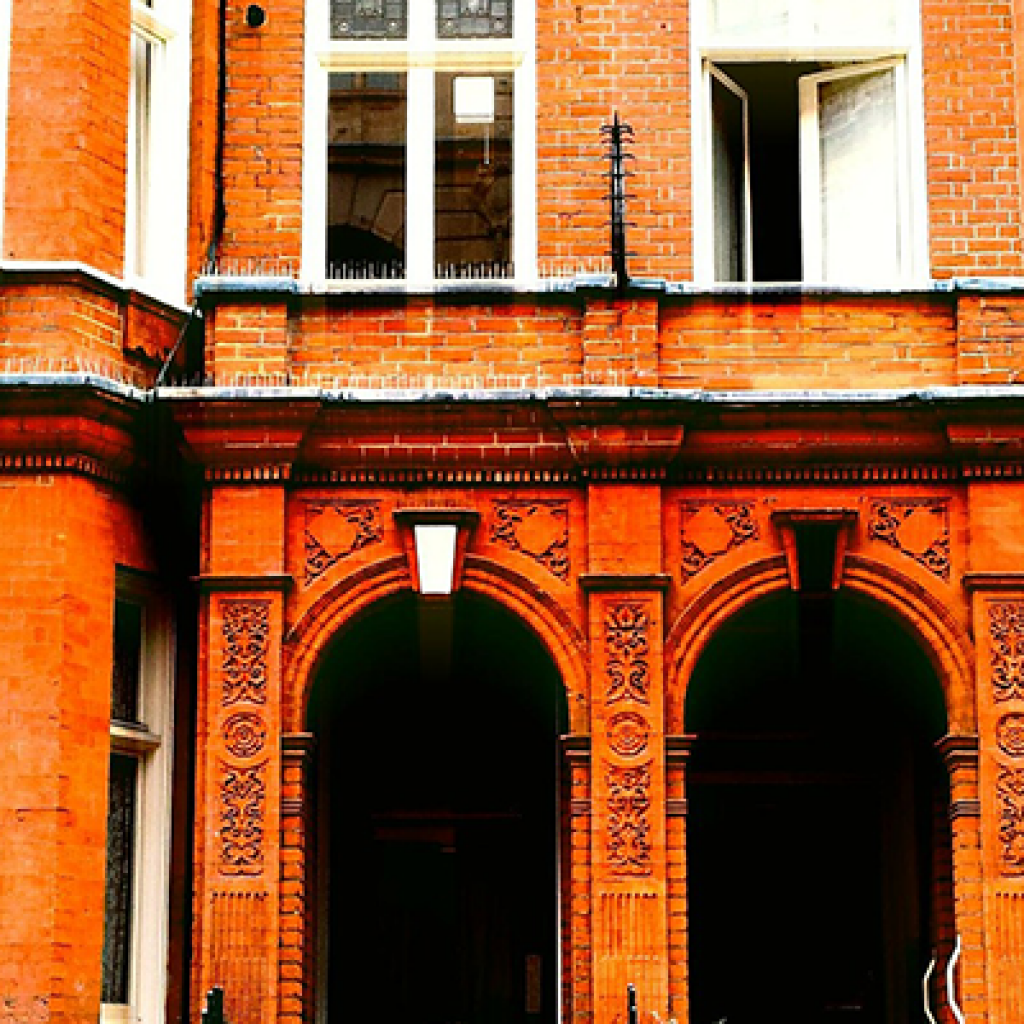Research by the Office of National Statistics reveals that the number of people aged 20 to 34 years living with a parent or parents rose to nearly three million in 2011. This is an increase of half a million since 1997, and represents a 20% rise. The number of people in this age group has remained broadly the same over the time period.
In 1997, 2.48 million 20 to 34 year olds were recorded as living with a parent. This was made up of 1.61 million men and 0.87 million women. By 2011 this figure had risen to 2.96 million young people living at home. This was made up of 1.84 million men and 1.12 million women.
The proportion of young people living at home has risen as well as the figures. In 1997 one in four men and one in seven women aged 20-34 lived with their parents. In 2011 this had increased to one in three men and one in six women.
There are several factors as to why more men than women remain living with their parents. In the 20-34 age group, over 600,000 more women than men were living as part of a couple in their own household. Women tend to form relationships with men older than themselves, and so are more likely to have formed cohabiting relationships in this age group. Over 600,000 more women than men were lone parents in their own household. Women are also more likely to move out of the parental home to participate in higher education.
The percentage of men and women living with their parents decreases as they get older. At age 20, 64% of men and 46% of women were living with their parents in 2011. There is a steady decrease until the age of 30, when the percentage of those living at home becomes stable. At age 34, 7% of men and 2% of women are living with parents.
The ONS suggests several reasons for this pattern. Firstly, earnings tend to increase for young people during their twenties, levelling in their thirties. Secondly, the likelihood of living with a partner is higher as age increases. These factors make moving out more affordable.
The increase of young people living at home correlates with the increase in the average house price paid by first time buyers. This figure has risen by 40% since 2002.
London is the area where the lowest proportion of young adults live with their parents. 19.7% of 20 to 34 year olds in London live at home. The highest proportion of young adults living at home is seen in Northern Ireland where the percentage is 35.3%.
London is an area where there are increased education and employment opportunities. As a result the ONS suggests that there is an influx of young people and it is more common to share a household with friends or housemates. 6.8% of households in London are made up of two or more unrelated people, more than double the national average (3.2%).
As the prices of houses compared to incomes continues to rise, the proportion of young people living at home is likely to increase, which could lead to a stagnation the market.
Today’s Conveyancer — bringing you the latest conveyancing news and updates




















